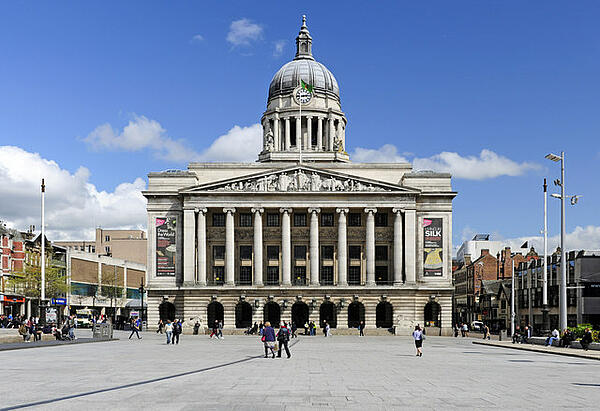Norman Place Names in England
Following the success of William the Conqueror at the Battle of Hastings in 1066, the Normans felt it necessary to impose their power and leadership upon England as soon as possible.
One way they chose to do this was by introducing English and Celtic names to Norman names to create variations that they felt were acceptable to both sides. The Normans also struggled to pronounce many of the place names already given to towns and cities across England, so these were transformed to make them easier to say.
Nottingham, for example, was originally known as ‘Snotingaham’, or ‘the settlement of Snot’. Once the Normans arrived, they removed the ’s’ to create Notingaham, which eventually developed into the name we know today.
Similarly, Cambridge was originally known as ‘Grantebrige’ prior to the Norman invasion, while Durham went through a number of variations including ‘Dunholm’, ‘Durelme’ and ‘Dureaume’.

Historians have also suggested that many town names were altered simply because they (or their meaning) were unappealing. In Essex, Fulepet (Filthy Hole) became Beaumont (Fair Hill), while Merdegrave in Leicester was changed to Belgrave.
The prefixes of ‘Beau’ and ‘Bel’ were particularly popular with the Normans, especially in areas of natural beauty. For example, Beaulieu in Hampshire means ‘fair or fine place’, Belvoir in Leicestershire means ‘fine view’ and Beachy Head in East Sussex means ‘fine headland’.
As well as choosing names based on their preferences, the Normans (who introduced feudal service) also created place names based on the more dominant family in a particular area, such as in Stoke Mandeville and Grays Thurrock. This was thought to emphasis their power over the area and further install a feeling of loyalty to those who lived there. It was possible for these places to have elements of Anglo-Saxon, Celtic and Roman in their names, but those with manorial rights would still have their surname introduced to some extent.
See also:
MLA Citation/Reference
"Norman Place Names in England". HistoryLearning.com. 2026. Web.
